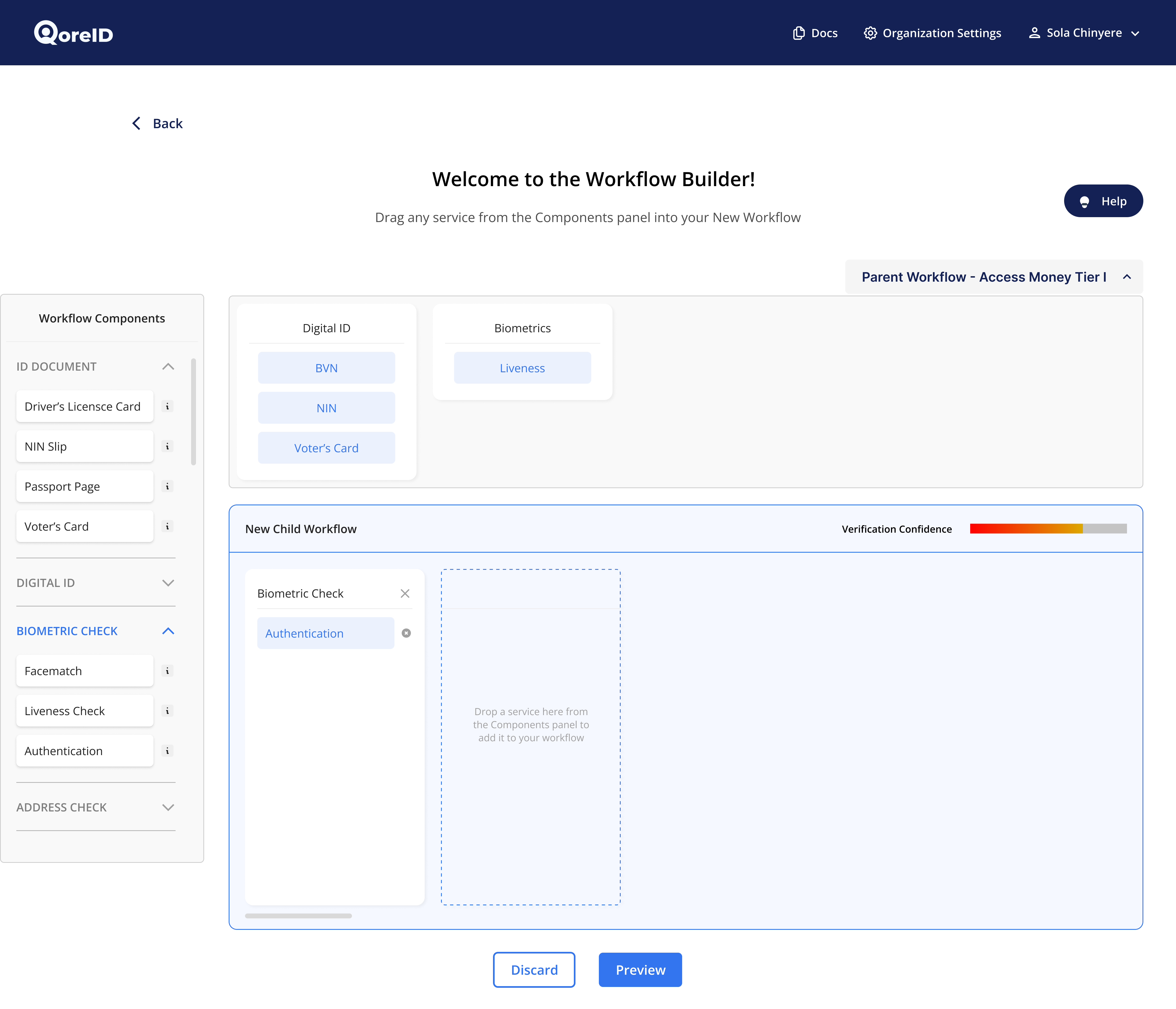Parent and Child Workflows
Parent workflows are the foundation for a user's journey through a particular process or task. Parent workflows can contain child workflows and sub-child workflows, which are workflows that are attached to and dependent on the parent workflow.
It is important to note that child workflows cannot be carried out until the parent workflow has been completed. This means that users must first complete the parent workflow before moving on to any attached child workflows.
Reporting for child workflows is limited to the report type of their parent workflow. This means that users cannot choose a different report type for a child workflow.
By using parent workflows and child workflows, users can streamline their workflows and ensure that all steps are completed in the correct order.
Child Workflows
A child workflow is part of a parent workflow. It allows you to break down a complex workflow into smaller, more manageable components.
Child workflows can be created and managed independently, but they are also connected to the parent workflow, which contains services that users need to complete before they can initiate a child workflow. This makes it easier to organize and manage complex business processes and workflows.

How to Create Child Workflows
- Access the QoreID landing page
- To create a child workflow, go to the QoreID landing page. This page will show you all the workflow cards available at the bottom.
- Select “Add child workflow”
- From the dropdown menu, select “Add child workflow” to create a new child workflow. This action will take you to the Workflow editor screen.
- Drag new services required in the Child workflow into the workflow
- By default, the Workflow editor screen will show a preview of the parent workflow that the child workflow will belong to. The Preview of the parent workflow will show the services in the parent workflow that do not need to be duplicated in the child Workflow.
- Attention Error Popup: If you try to drag a service that already exists in the parent workflow into the child workflow, an attention error popup will appear.
- Preview of Child Workflow
- On the preview screen of the child workflow, you can see the services in the child workflow.
- Save the Child Workflow
- After creating the child workflow, click the save button. It will automatically get added as a child under the parent workflow.

Use case
In a typical authentication journey for users, there are several steps that need to be completed.
Child workflows allow you as a business to keep the parent workflows short, containing only the essential services that the user needs to complete compulsorily. This makes the user onboarding process faster and easy to complete for first-time users.
Updated about 2 months ago